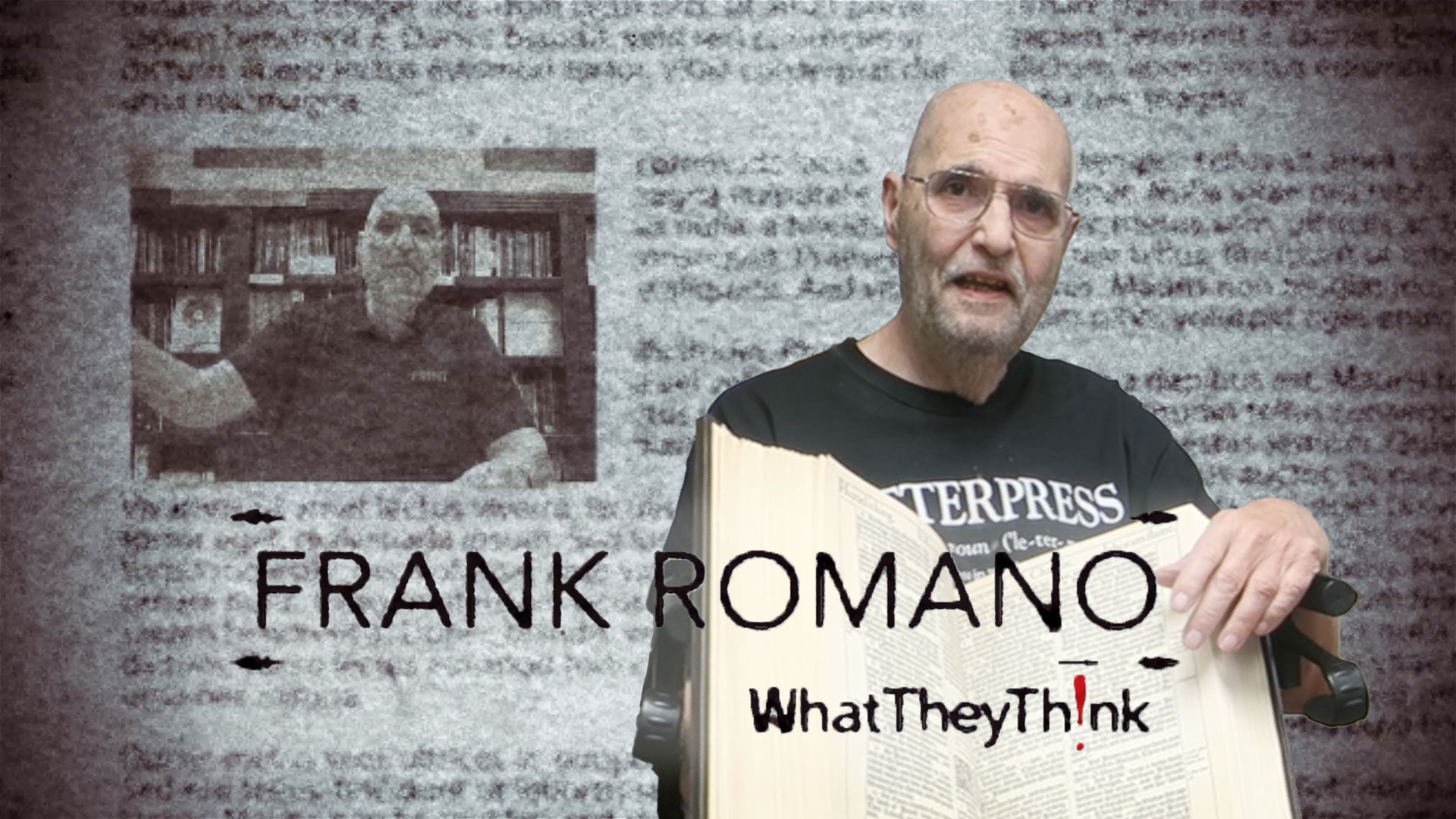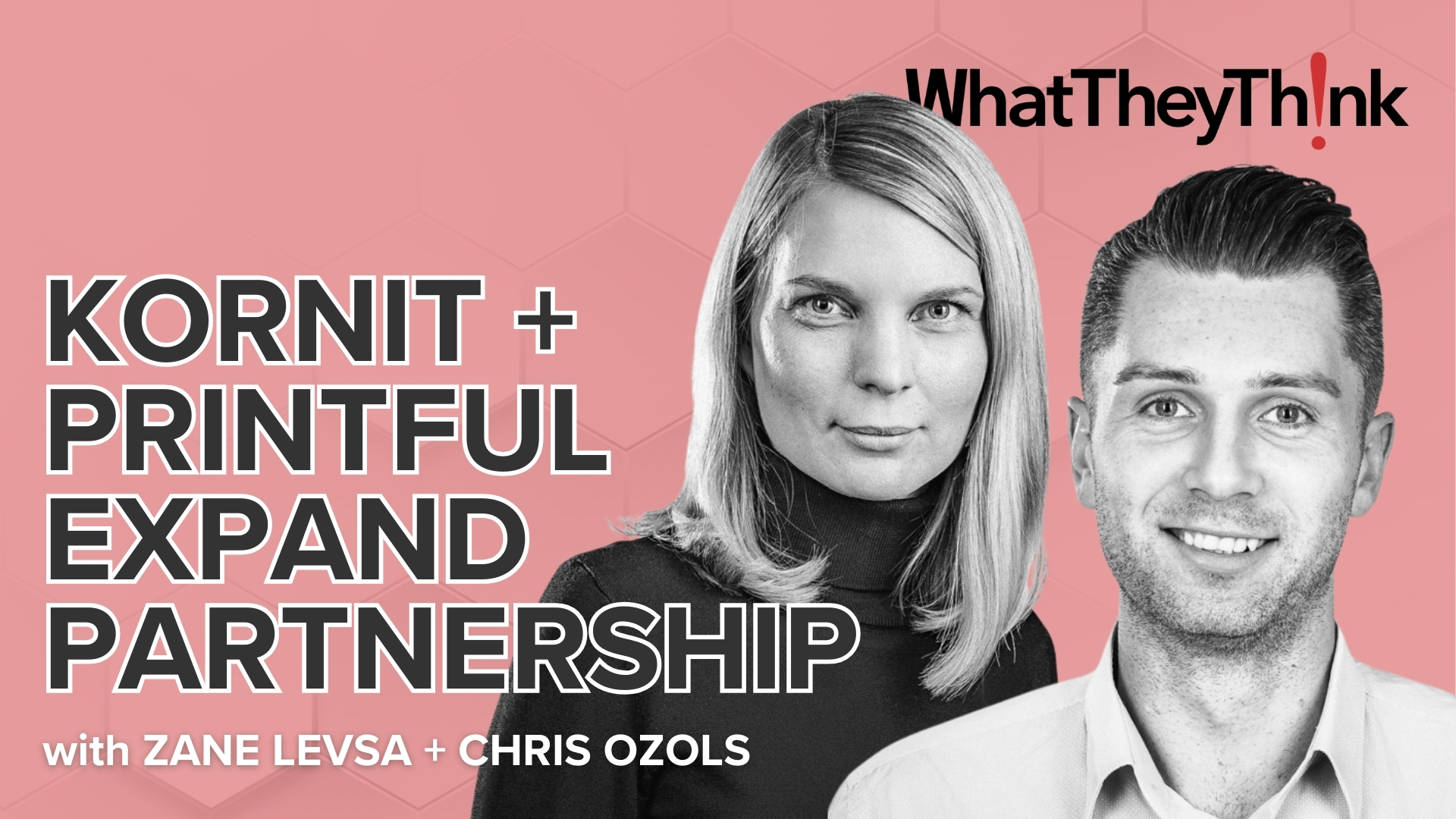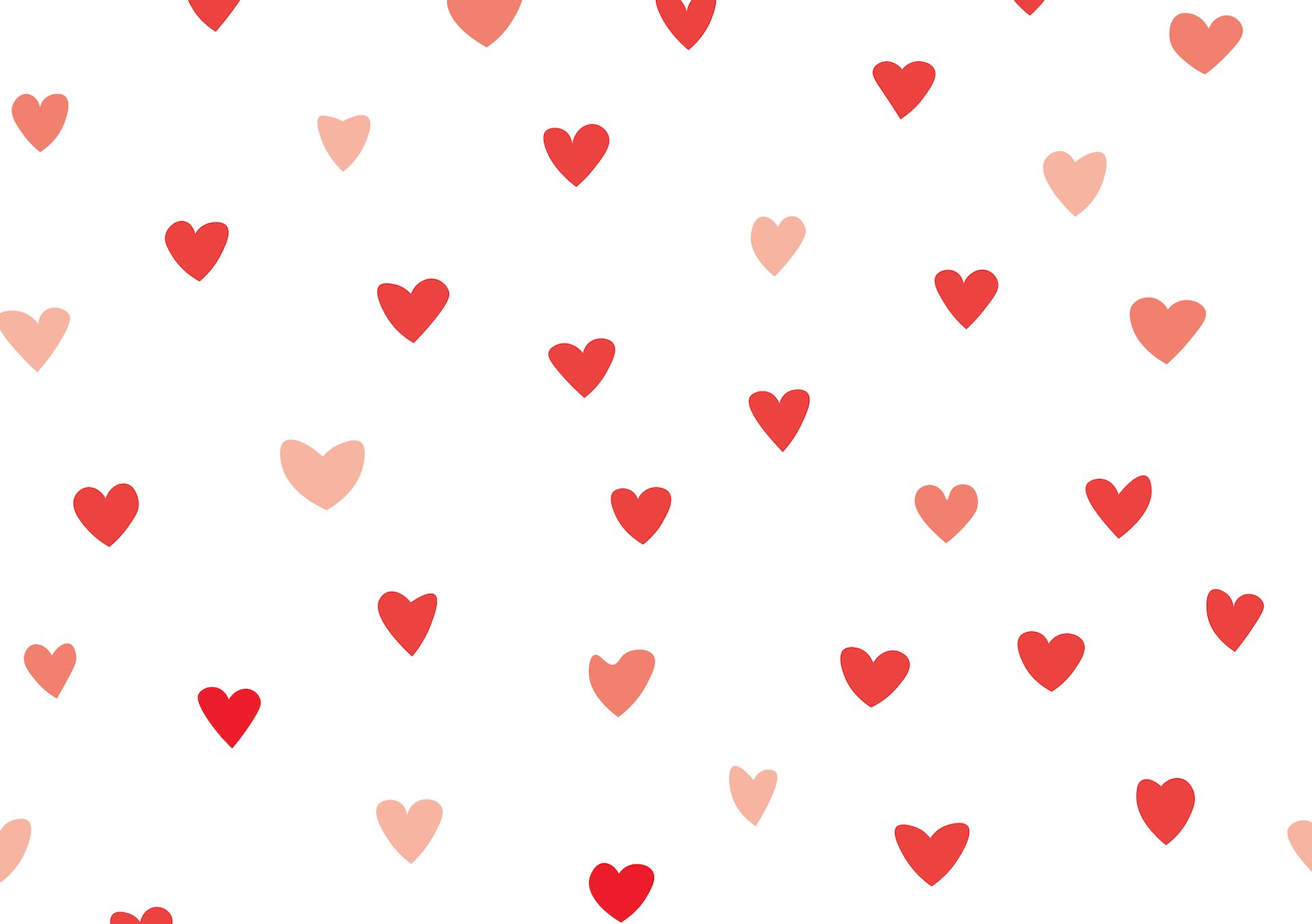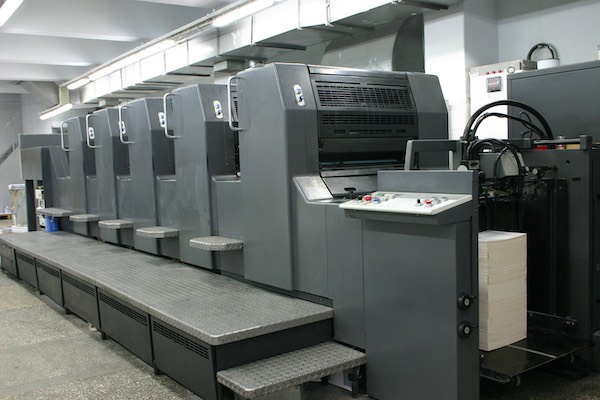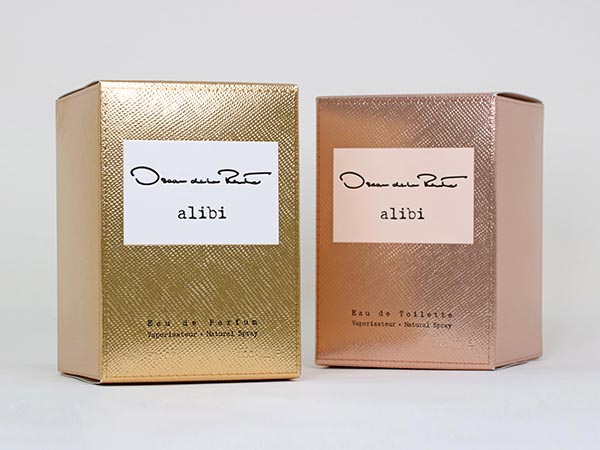“The customers of our customers do not stock anything anymore.” This remark, uttered by one of the vendor executives who took part in the PrintCity Alliance pre-drupa briefings in mid-February, was one of many acknowledgments that the business of supplying systems, equipment, and consumables to printers is not what it used to be.
By exhibiting as a group at drupa 2012, the members of PrintCity hope to present a continuum of solutions that visitors will find well adapted to the new realities of the print marketplace. In the pre-drupa briefings, representatives of nine PrintCity exhibitors gave a group of about 60 journalists an advance look at the shapes their solutions will take. Their presentations are summarized below.
With the exception of Océ, all of these exhibitors will be clustered around four PrintCity special areas in Hall 6 on the Messe Düsseldorf fairgrounds. (Their stand numbers in Hall 6 appear in parentheses.) To keep tabs on PrintCity in the run-up to the show, visit the alliance’s web site, and follow its Twitter feed (@PRINTCITY_).
The paper industry was well represented during the briefings, which featured presentations by executives from three large suppliers. The first to speak was Thomas Ehrnrooth, vice president, marketing and communications, for the Finnish forest products manufacturer UPM (D60).
Dubbing itself “The Biofore Company” (“bio” for sustainability, “fore” for forest), UPM also is gearing up to become a major producer of biodiesel: cleaner-burning fuel made chiefly of pulp and wood residues. Ehrnrooth said that UPM will build the world’s first biorefinery producing wood-based biodiesel—brand-named “BioVerno”—at a site in eastern Finland.
UPM recently exited the packaging papers business by selling those assets so that it could focus on papers for graphic media. Last year, it broadened its base in publication papers by completing a €900 million acquisition of former rival Myllykoski. UPM now operates nearly two dozen paper mills in seven countries, including one in Grand Rapids, MN.
Ehrnrooth showed UPM printing papers at work as substrates for spin-off publications from the hugely successful Angry Birds game franchise; and as the stock for issues of Wallpaper, an über-trendy design and lifestyle magazine. At drupa, he said, UPM will underscore its commitment to print with a comprehensive selection of papers, including a full line for digital output.
Ehrnrooth also announced plans for the drupa launch of “ColorCTRL,” a cloud-based color management (CM) and workflow system that UPM has developed in partnership with Dalim Software and CM specialist GMG. Another drupa highlight will be the daily production of show literature using printed papers collected and recycled by UPM from the previous day’s show activity, Ehrnrooth said.
At drupa 2008, Océ was a competitor of Canon. The following year, Canon declared its intent to acquire its rival. At drupa 2012, Océ’s co-location with Canon in Hall 8a will testify to the consummation of the deal, which unites Océ’s strengths in high-speed, continuous-feed printing with Canon’s own innovations in digital color production.
Representing Océ at the PrintCity briefing, Roland Stasiczek, director of marketing for continuous-feed printers, said that Canon and Océ expect digital printing to account for nearly one-fifth of global printing revenues by 2014 as the share held by conventional processes continues to decline. He predicted that Inkjet printing systems would garner most of the attention in digital printing during drupa 2012 just as they had at the last edition of the show.
Besides excelling in the “mass personalization” of items like transpromotional documents and being increasingly used in the “industrial-scale production” of books, high-speed inkjet also will “shift the break-even upwards for short- and mid-runs” as it becomes the platform of choice for jobs of all volumes, according to Stasiczek. He said that Océ will showcase its continuous-feed inkjet capabilities at drupa by presenting three new presses:
• the JetStream 1900, a small-footprint, full-color press capable of printing formats up to 20.5" wide at 417 feet per minute: the equivalent, says Océ, of 1,818 letter-sized pages per minute at 600 x 480 dpi, or 1,428 ppm at 1,200 dpi
• the JetStream 4300, a black-only web press claimed by Océ to be the fastest 30" inkjet printer in the industry at 200 meters per minute (3.33 meters per second)
• as an upgrade to the ColorStream 3500, the ColorStream 3700, a 21.25" wide, 100 mpm, mono or color machine that is, according to Océ, 30% faster than its nearest competitor. Stasiczek said that this press can synch droplet generation with running speed so that there never is any unprinted white paper during the run—even when the press slows down or stops.
Visitors to drupa will be able to see these and other Océ systems in action by taking a side trip from Messe Düsseldorf to the new “customer experience center” at Océ's international headquarters in Poing, Germany, during the show.
Before drupa opens, the board of directors of paper supplier M-Real Corporation is expected to change the company’s name to Metsä Board Corporation (D34) in the culmination of a business restructuring that began in 2006. Juha Laine, vice president of investor relations and communications for parent organization Metsä Group, said that with 4,000 employees and annual sales of €2.5 billion, Metsä Board is Europe’s leading producer of paperboards as well as a major supplier of paper. The company is headquartered in Espoo, Finland.
Laine said that the company’s primary focus, packaging, is a €500 billion global market with a growing demand for “good” paperboards: lightweight, durable, ecologically sound, economical, and attractive when printed. Metsä Board aims to meet this demand, he said, with packaging made of fresh fibers from sustainably-managed forests. The company has just opened a new R&D center in Äänekoski, Finland, to spur innovation in these products.
Metsä Board will be among the companies taking part in PrintCity’s Value Added Printing & Packaging special exhibit at drupa. It also will share information about the bio-fueled power plant it is building at one of its mills in Finland. Laine said that by burning discarded wood—bark, chips, crushed stumps, etc.—instead of natural gas, the plant will achieve a CO2 reduction equal to the annual emissions of 60,000 cars.
On a printing press, observed Thomas Linkenheil, managing director, Trelleborg Printing Blankets (B61), his company’s product “is like a tire on a Formula One race car”: the part that transfers the high performance of the machine to the surface that matters.
At drupa, Trelleborg will drive the point home with an exhibit it calls “The Institute of Contemporary Print.” This, Linkenheil explained, will be a gallery of “great printing” created by art students from Germany and the Netherlands to celebrate the range of effects achievable with Trelleborg blankets on nearly any substrate. Another highlight of the exhibit will be an “interactive mosaic” made of visitors’ photos, collected and collaged throughout the duration of the show.
Trelleborg technicians will be on hand to talk about the product line, which features blankets for offset litho presses and for digital presses that use blankets. New offerings include the Vulan Synthesis Evo blanket sleeve and Rollin MyCoat, a Mylar-based, easy-strip blanket that can be used with both UV and aqueous coating. There also will be more information about a Trelleborg-Kodak joint project to develop a high-performance flexo plate for packaging.
Trelleborg manufacturers blankets at four plants around the world, including one in Spartanburg, SC. Blankets, Linkenheil reminded the journalists, are critical items that printers select as much on the basis of reliability and performance as on price. He said that the ROI on the relatively small cost of a good blanket can include reduced paper waste, less energy consumption and carbon generation, and higher productivity overall.
The main mission of Peter Kuisle, newly appointed to the management board of manroland web systems, was to report that the company anticipates a stable future following the insolvency and breakup of the business entity to which it used to belong. Kuisle’s operation now is a part the L. Possehl & Co. mbH Group of Lübeck, Germany. The former sheetfed division of manroland—which was not represented at the PrintCity pre-drupa briefings—has been acquired by Langley Holdings plc, a privately owned engineering conglomerate based in the UK.
In the Possehl Group, said Kuisle, the web press manufacturer’s executive vice president for sales, marketing, and service, “we have a long-term owner now.” According to Kuisle, Possehl is “talking decades” in its strategy for the web market, rejecting short-term fixes and concentrating on consistent results.
He explained that the group—consisting of ten industrial divisions employing 10,000 people in 30 countries—is wholly owned by a charitable foundation that channels all income to a variety of worthy causes. In 2011, the Possehl Group’s sales increased by 45% to €2.5 billion, and its pre-tax operating profit rose 70%. Kuisle praised the group’s management for its “Hanseatic modesty,” its lean, decentralized structure, and its insistence on bottom-line accountability.
Having become a part of this formidable organization, declared Kuisle, “we are back. We are still the strongest player in the market for web presses.” The company, he said, is fully open for business at its main plant in Augsburg, Germany, with a staff of about 1,400 manufacturing employees.
“Today is the first day we can invoice,” Kuisle told the journalists. He said the present headcount represents a downsizing of “more than 25%” from the previous level.
Kuisle promised that manroland web systems would have much to talk about at its stand (D27) in Hall 6, including new developments in autoprint: the company’s suite of technologies for fully automated press operation.
Press functions addressed by autoprint include job changeover, the production run, and inline quality control. The single-pushbutton philosophy behind autoprint is “not a marketing gag or gimmick,” Kuisle said, but a real working feature of 16 manroland COLORMAN newspaper presses around the world.
At drupa, manroland web systems will unveil what Kuisle described as “radically new operating devices and GUIs” for autoprint users. One of his slides showed what appeared to be an autoprint app running on an iPhone.
Also to be promoted at the show are a new newspaper press series, the COLORMAN e:line; the LITHOMAN S for 96-page heatset commercial production: and a new 32-page LITHOMAN, also for commercial work. Kuisle said that owing to space bookings that predated the breakup of the former manroland, its now-independent web and sheetfed divisions will share a stand in Hall 6.
As a producer of metallic foils for value-adding special effects in print, Kurz (D70) traces its creative origins to the ancient craft of goldbeating. Founded in 1892, the company today manufactures hot-stamping foils and other products in nine plants around the world, including a facility in Charlotte, NC.
Adding metallic highlights to print deepens emotional response and stimulates purchasing behavior, said Markus Hoffmann, vice president of sales. Kurz provides hot-and cold-foiling solutions aimed at making metal decoration practical for luxury and mass-market applications including folding cartons, cigarette packs, labeling, and books and magazines.
drupa will see the debut of what Hoffmann described as Kurz’s highest-gloss hot- stamping products: M-series films, offering a brilliant look and high abrasion resistance at all running speeds. Kurz also will introduce a product for hot-stamping highly reflective lenticular lenses without the need for lamination. Kurz additionally will show new cold foils as well as specialty films for developers of security tags, holograms, printable action codes, and print-integrated antennas.
The company means to bring metallic finishing to digital print with another drupa debut, an offline process called Digital Metal. In it, a foil consisting of metallized lacquer on a PET carrier is laminated onto a design printed with dry or liquid toner. Peeling away the carrier leaves the shiny decorative layer behind. There will be live demonstrations of Digital Metal at the Kurz stand. Hoffmann said.
Procemex (D54), a Finnish company, makes camera-based inspection systems for detecting “visual disturbances” in paper as it passes through a web offset press. These disturbances can signal the danger of web breaks, but to the unaided eye, they’re all but impossible to spot.
High-speed presses running wide webs tend to show little or no evidence of paper breaks, said Mika Valkonen, CEO of Procemex. What’s more, he said, in today’s downsized companies, “printers don’t have any more manpower to search for paper evidences.”
The Procemex-Print web monitoring system addresses the problem by placing high-speed video cameras at key points on the press from unwind to folder. The cameras can be synchronized to continuously scrutinize the same spot on the web at all monitoring locations. The captured images are fed to a server that analyses them for signs of paper defects and incipient web breaks.
Automated web inspection helps printers and their paper suppliers resolve issues of paper performance, Valkonen said, noting that the Procemex system is keeping a digital eye on webs in more than 350 installation sites worldwide. He said that Procemex customers can achieve payback in six to 12 months through minimizing web breaks and the paper waste and downtime they cause.
“Arrogant,” “expensive,” and overcomplicated: such were the criticisms leveled at Sappi Fine Paper (C31) by its customers before the company set out to overhaul its image, according to Eric Van den Bruel, director of marketing and product development for Sappi in Europe. Now that the transformation is complete, he said, “parenting, protecting, and vitality” have become the bywords for the way Sappi does business.
What Sappi stands for, said Van den Bruel, is “the art of adding value” to printed communications through the high quality of its papers. As a practical step toward this end, the company has reduced its number of paper brands from 47 to a smaller, easier to specify selection in basic, mid-range, and high-end grades.
At drupa, Sappi will present—in addition to its new personality—a full range of value-adding paper products including Jaz, a stock for high-speed inkjet printing. To leverage its exposure beyond Hall 6, said Van den Bruel, the company will exhibit in two additional locations near the Heidelberg and HP stands.
He also announced the launch of “Houston,” a web portal where Sappi will aggregate its large collection of educational resources. The company also promotes the print medium in What’s Next?, a magazine; and in the publication My Life with Print.
UV, IR, and hot-air systems for sheetfed presses and other platforms are what Eltosch Torsten Schmidt (D30) will bring to drupa. The company is a part of the Hönle Group, a family of companies specializing in UV lamps and UV-curable adhesives for a variety of industrial applications. Hönle’s PrintConcept division makes UV systems for rotary presses. Ronny Müller, managing director of Eltosch, enumerated the show products:
• JetCure high-performance UV dryers for large format inkjet printing
• fully controllable electronic power supplies (EPS) for Hönle UV lamps
• “inert” UV curing systems in which exposure takes place in a nitrogen-filled environment to prevent migration of inks and coatings
• an EPS-controlled light guide system to minimize energy consumption in curing
• low-temperature, ozone-free Powerline LED UV technology, with a claimed lamp life of 10,000 hours
• ECOplus, combining IR lamps and hot-air nozzles for enhanced sheetfed drying
ECOplus, said Müller, is modular and can consist of up to 32 IR-hot air units. The air nozzles are easily adjustable.

